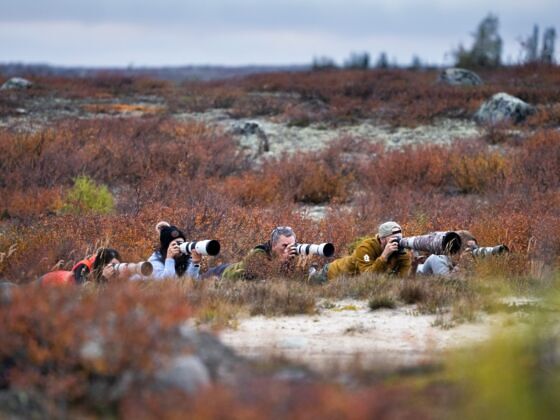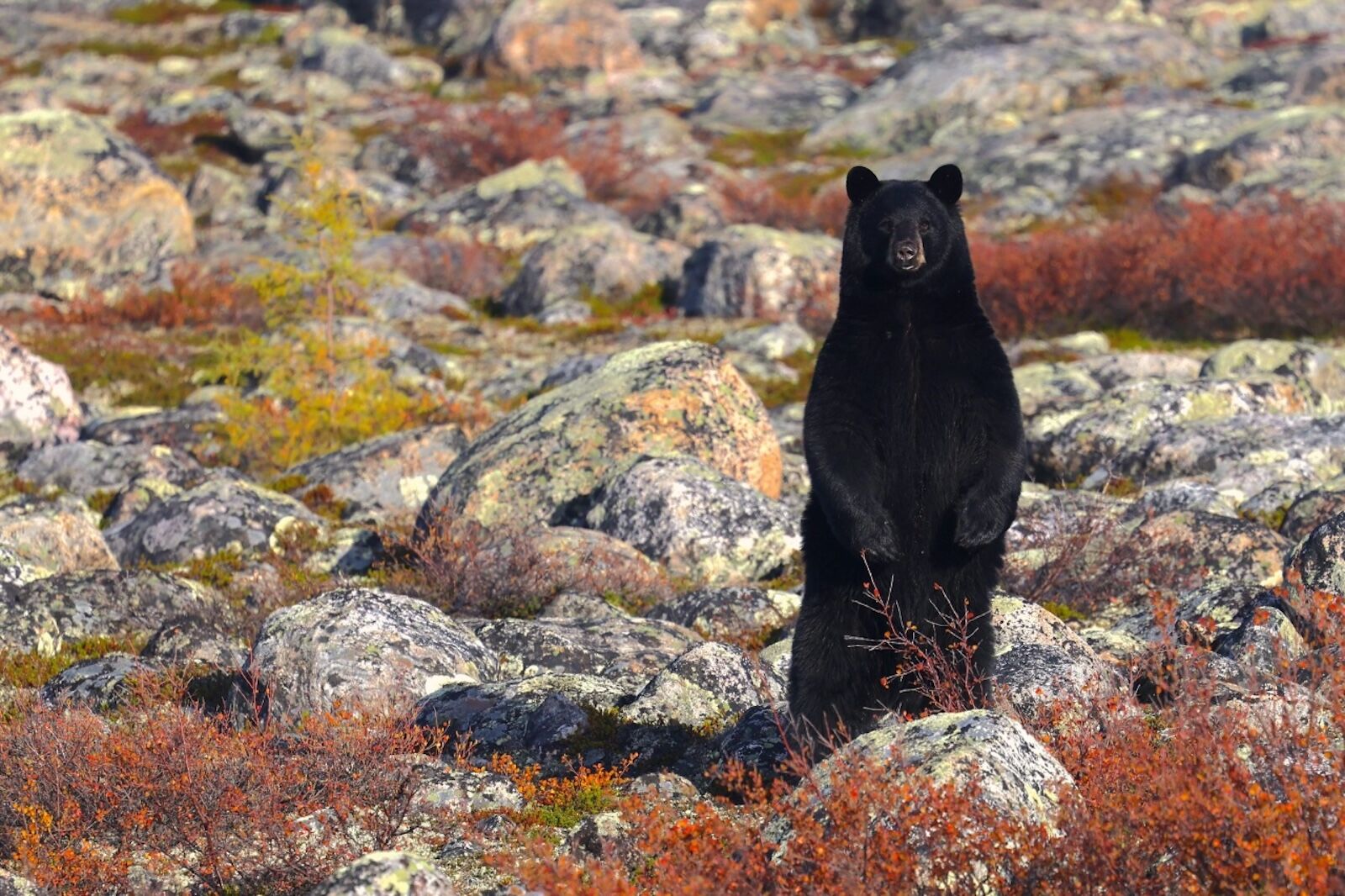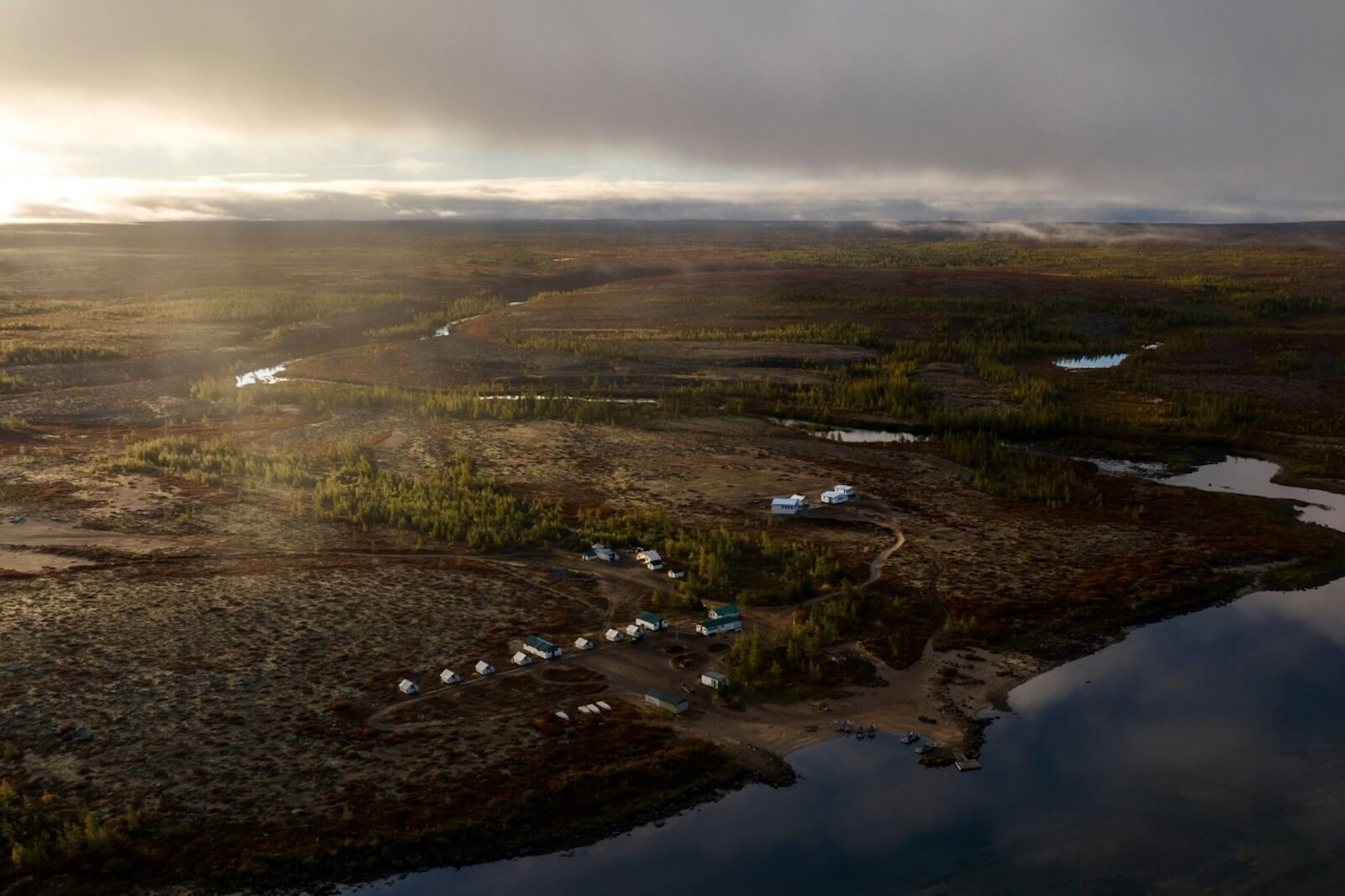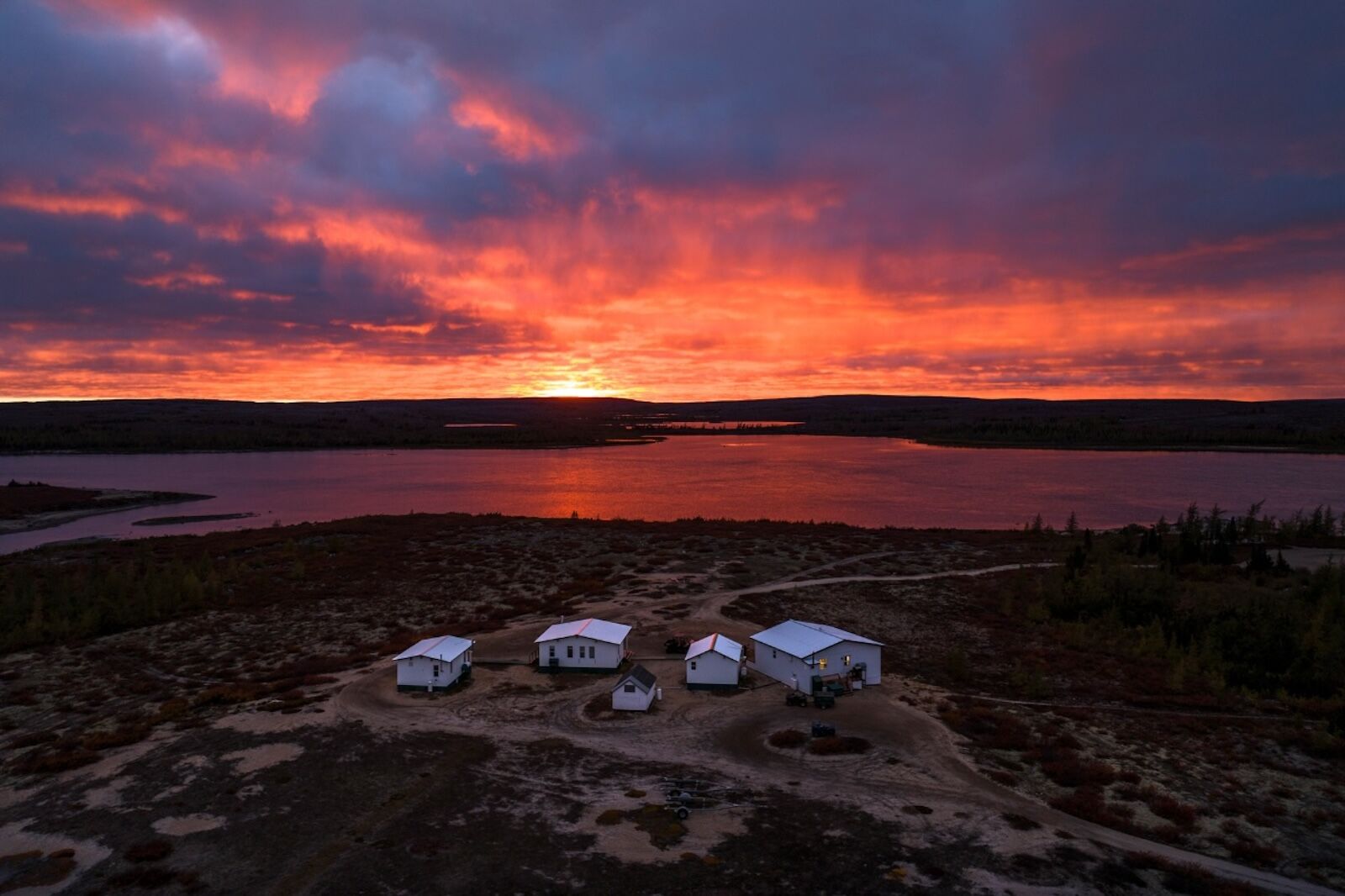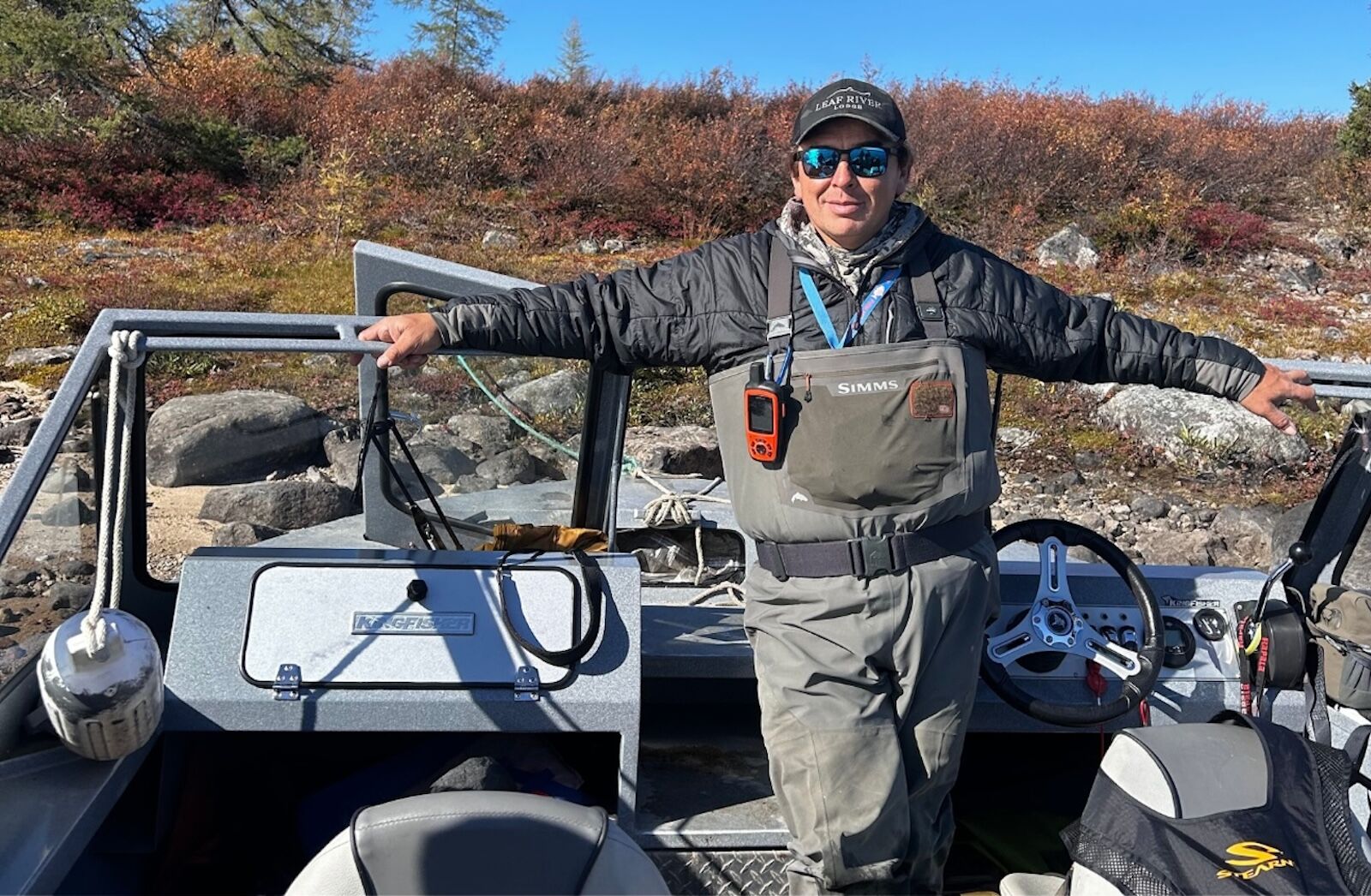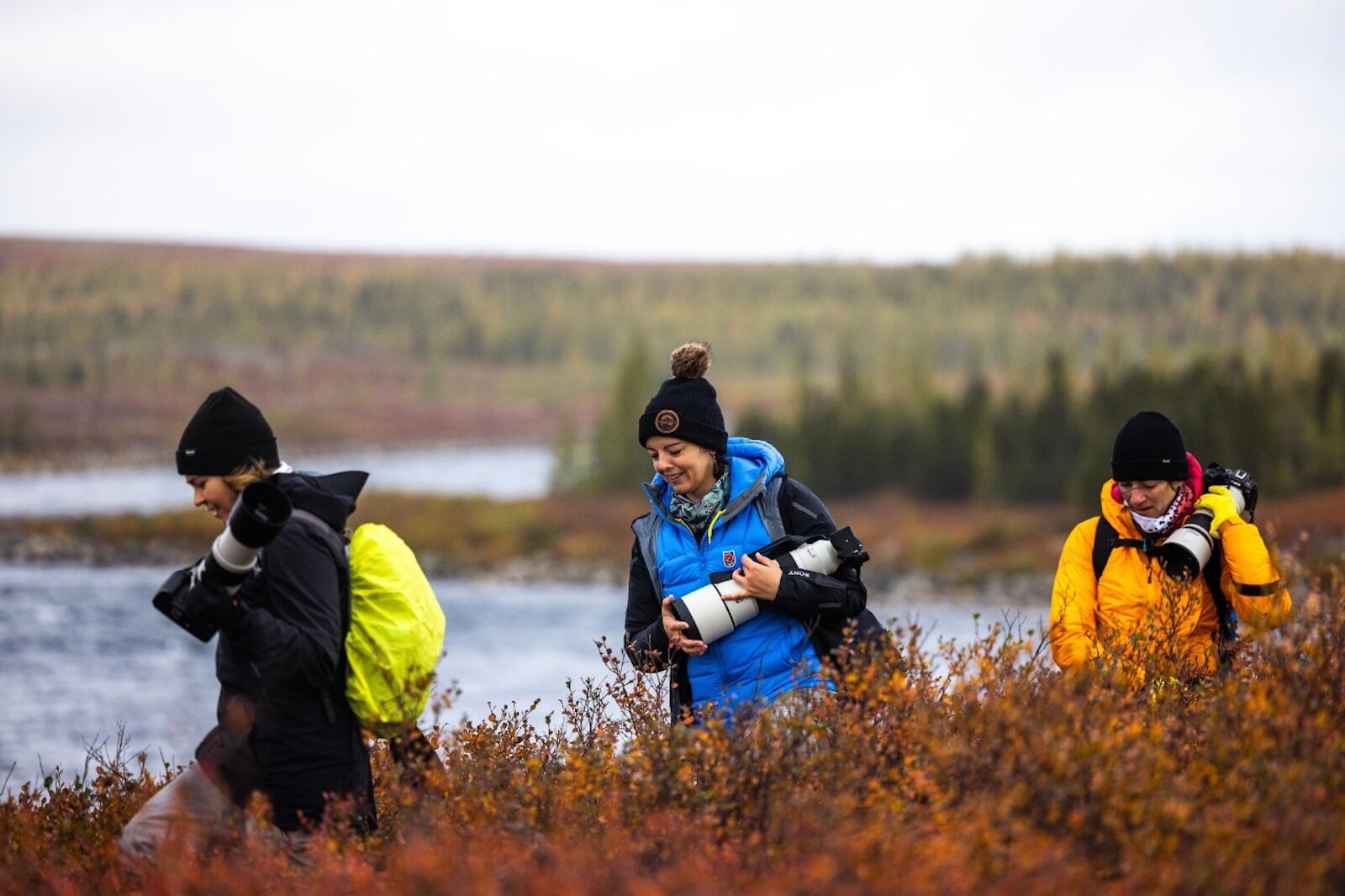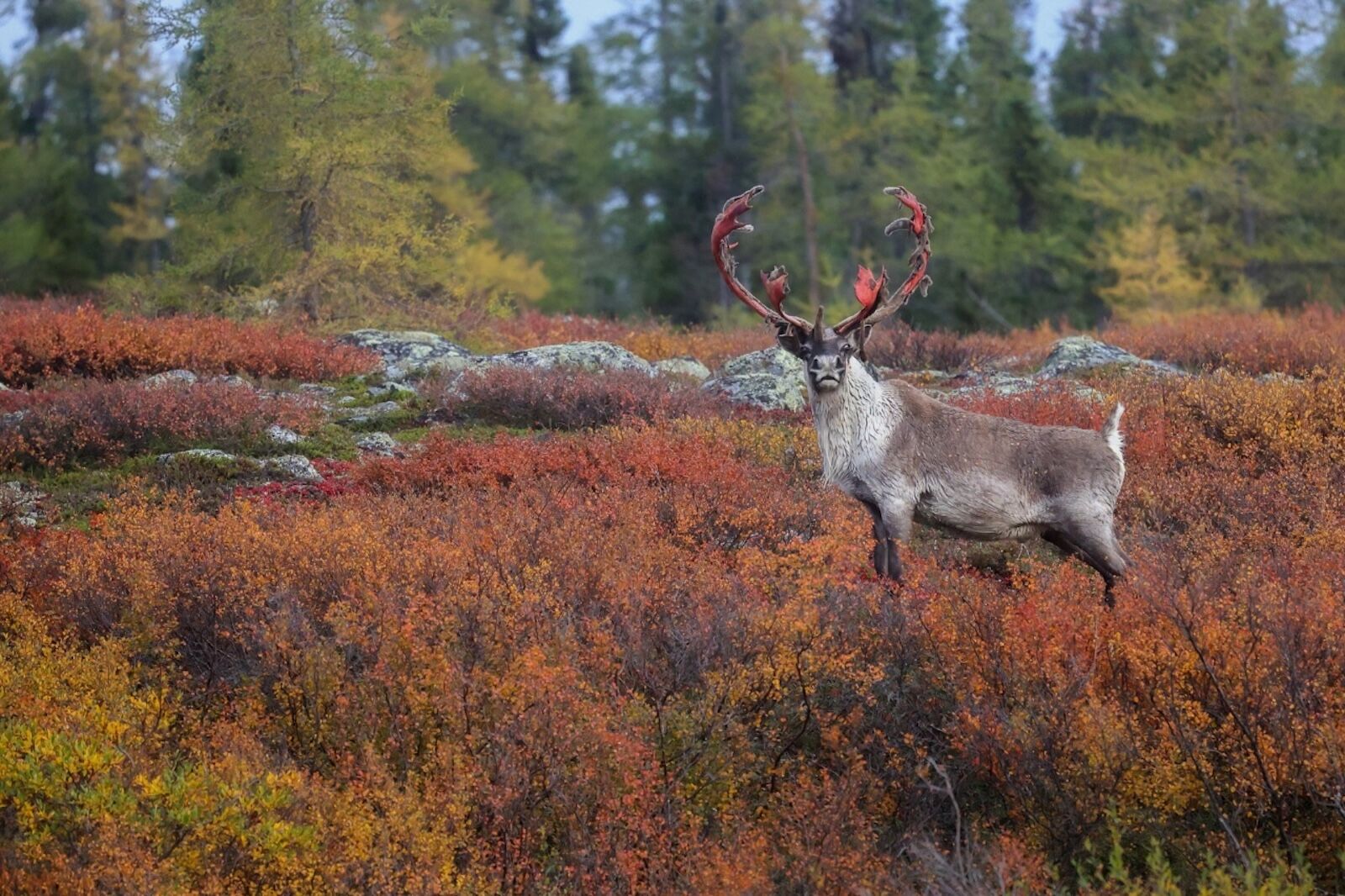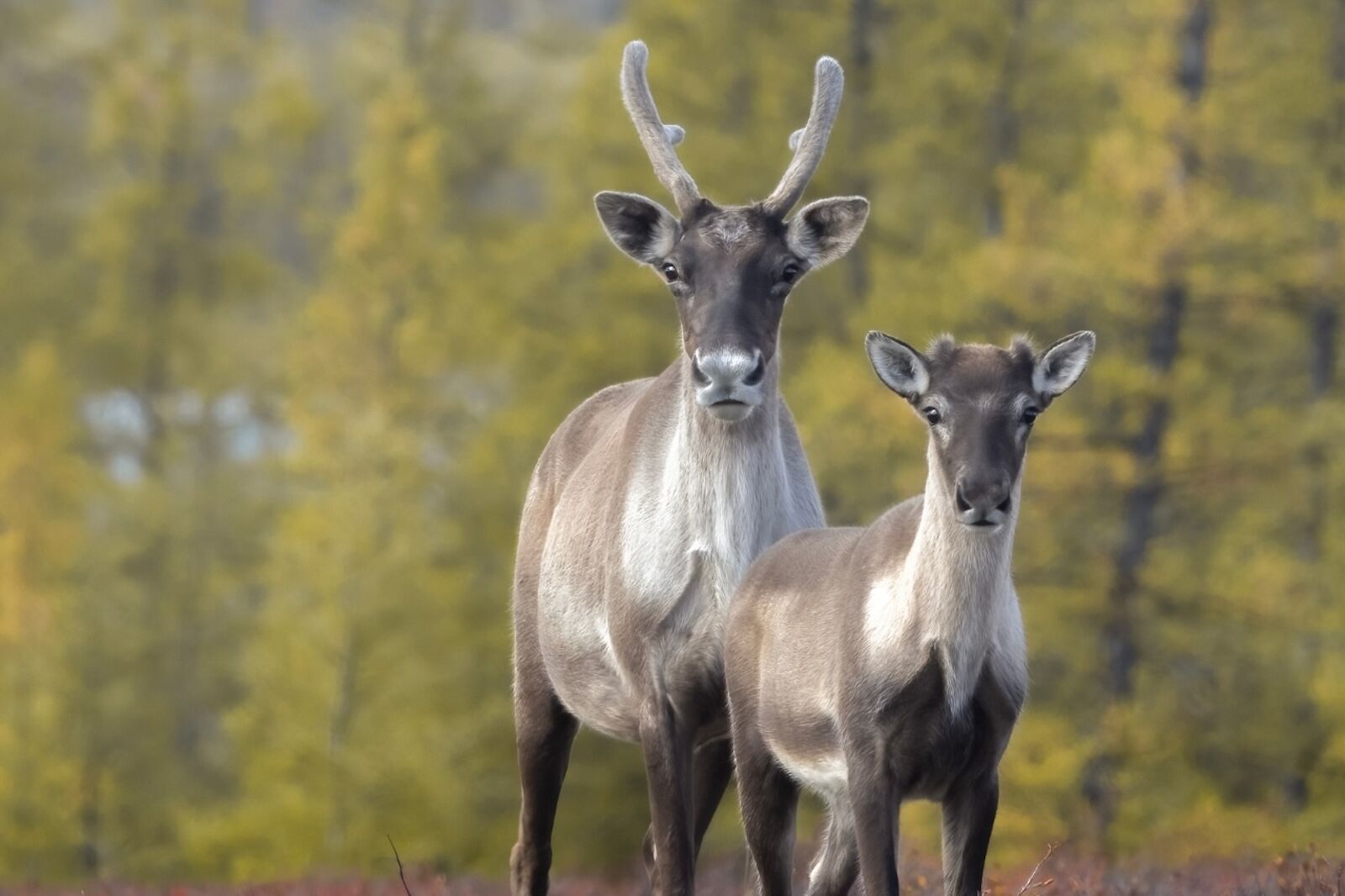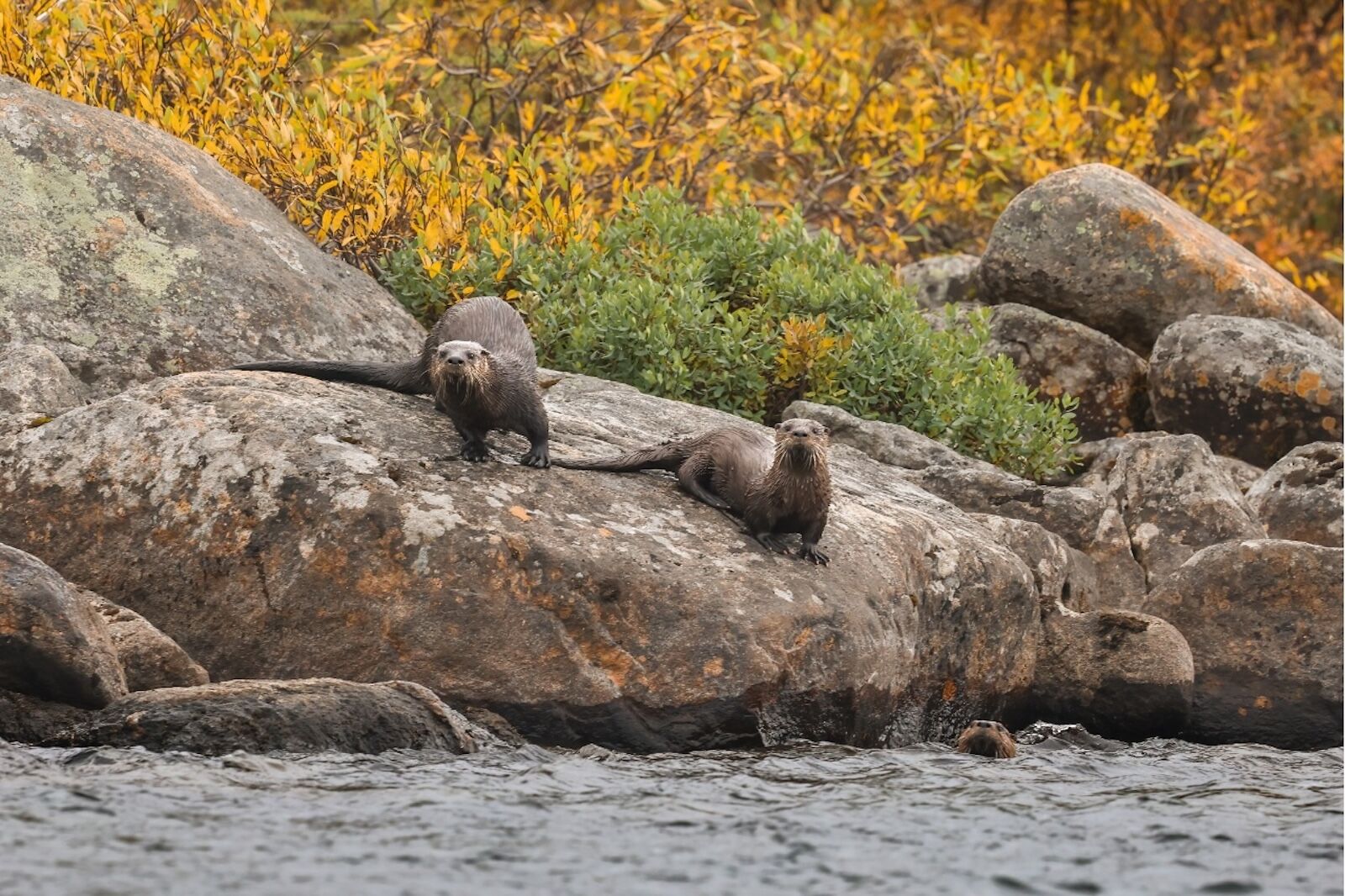Louis spots the black bear first.
While we’d seen other bears during my week in Northern Québec, they’d all been on distant hills, appearing as blurry, bumbling black dots through my camera’s mega-zoom lens.
This time, however, the bear was near enough for us to photograph up close and personal. Just not too close.
Relying on decades of hunting experience, Louis Tardif, a member of Canada’s Naskapi First Nation, leads our approach. I clutch my camera and follow his lead, tiptoeing closer to the bear while maintaining a safe upwind position.
